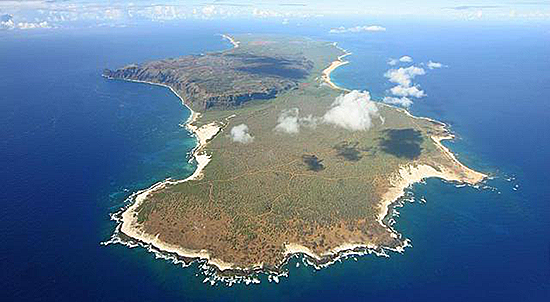
Some of these islands are filled with animals while others are cloaked in strange human history.
Curious attraction
Strange places tend to capture our imaginations. When something seems out of the ordinary, we're drawn to it almost instinctively. Sometimes unusual places bring a mix of fear and curiosity. Sometimes they cause us to do a double take, and sometimes we just can't help but chuckle. These nine strange islands will cause at least one of these reactions. Whether it's their animal inhabitants, their unusual human history or their spooky legends, these islands attract attention.
Here are nine incredibly strange islands to pique your curiosity.
1. Hashima Island, Japan
Now deserted, the Japanese island of Hashima was once one of the most densely populated places on Earth. Sometimes called Gunkanjima, which translates as Battleship Island, Hashima is covered with buildings.
Until 1974, the island was home to a major coal-mining operation. Workers and their families lived in huge apartment blocks that still stand today. After remaining abandoned for more than three decades, Hashima was opened to tourists in 2009. Even if you haven't been to the island, you've probably seen it on film. In the 2012 James Bond movie “Skyfall,” Hashima was the setting for 007's first confrontation with arch villain Raoul Silva, played by Javier Bardem.
Suggested Stories: (1) 11 modern-day ruins worth a visit: Hashima Island; (2) 10 places ruined by man-made catastrophes.
2. La Isla de las Munecas, Mexico
La Isla de las Munecas (Island of the Dolls) is an artificial island hidden in a vast network of canals in the borough of Xochimilco, near Mexico City. Xochimilco has more than 100 miles of canals, and the artificial islands, known as chinampas, were originally used for farming.
Isla Munecas was inhabited by a solitary man, Julian Santana. According to Santana, the island was the site of a tragic drowning incident in which three girls died. He hung dolls from the trees to honour the girls' spirits. At first, the man was not known for his dolls but for the delicious vegetables he grew. Local residents would actually sometimes bring old dolls to trade for his produce. The story has a very eerie twist. In 2001, Santana was found dead in the same spot where he reportedly saw the drowned girls.
3. Floating islands, Lake Titicaca, Peru
South America's Lake Titicaca is home to one of the oldest tribes in the Americas. The Uros, a group that predates the Inca Empire, make islands from nothing but reeds called totoras. The reeds are woven together in dense bails to create large floating platforms. New layers are woven into the base of the islands regularly for reinforcement.
The totora roots are also a staple of the Uros diet. Since the islands were first featured in National Geographic in the 1940s, tourists have been flocking to see them. Today, tourism is a major industry for the Uros. Some even offer home-stay opportunities.
Suggested Stories: (1) 500-year old Incan fortresses discovered; (2) Visit Machu Picchu with zoomable image.
4. North Sentinel Island, India
Photo: NASA
Thanks to satellite images and air travel, very few unknown places remain in the world. North Sentinel Island in Bengal Bay is as close as it gets to being “undiscovered.” Covered by dense forests, this member of the Andaman Islands is inhabited by a group of people who actively avoid contact with the outside world.
Known as the Sentinelese, the island's tribe lives a subsistence lifestyle. Because of heavy foliage, it is impossible to observe them from the air. Throughout the years, there have been various attempts to make contact with the Sentinelese. They have been known to throw rocks and shoot arrows at helicopters and ships that come too close to the island. A few years ago, two Indian fisherman were killed by tribesmen when they drifted into the shores of North Sentinel.
5. Poveglia, Italy
Poveglia is an island in the Venice lagoon. Despite its location, next to one of the world's great tourist destinations, it is unpopulated. Many people think it is haunted. Its ghostly reputation comes from its use for centuries as a quarantine station for people who came to Venice by sea, some of whom reportedly suffered from the plague.
In the 20th century, the island was converted into a hospital that treated the elderly and the mentally ill. The facility was abandoned in the 1960s and has not been used since, though there are now plans to redevelop the island, perhaps turning the former hospital into a luxury hotel.
Suggested Stories: (1) Venice to become first algae-powered city; (2) Beyond Venice: 8 must-see canal cities.
6. Hart Island, New York
Not all strange islands are in remote parts of the globe. Hart Island, for example, is actually considered part of the Bronx. Hart was the site of a POW camp during the Civil War. It was subsequently used as a prison. One of the oldest buildings on the island was a woman's insane asylum built in the late 1800s.
Hart was where New York used to bury its dead. The island's “potter's field” stretches for more than 100 acres and is one of the largest public cemeteries in the world. As many as a million people were laid to rest here, many in unmarked mass graves. It is not possible to visit Hart without first contacting the New York Department of Corrections. However, people whose ancestors' graves are on the island can visit with permission from the DOC.
Suggested Stories: (1) A nest for New York's rat island; (2) 10 places to visit in the spooky season.
7. Howland Island, USA
Howland Island is an uninhabited atoll in the middle of the Pacific Ocean. It belongs to the United States and is overseen by the U.S. Fish and Wildlife Service. Despite its small size and lack of fresh water, this far-flung island has an interesting history. The U.S. took control of Howland in the 1850s for the purpose of guano mining. The droppings of seabirds were collected to be used in fertilizers.
A brief attempt at colonization took place in the 1930s, and the island was used as a way station for transpacific flights. Howland is probably best known for these airfields. In 1937, Amelia Earhart was supposed to land here during the Pacific leg of her round-the-world flight. The victim of some sort of navigation or communication error, she never arrived. A special permit, usually given only to scientists, is required to visit Howland Island.
Suggested Stories: (1) Robots take lead in hunt for Amelia Earhart's plane; (2) 10 airplanes that disappeared without a trace.
8. Okunoshima, Japan
Okunoshima, commonly referred to as Rabbit Island, is in the Inland Sea of Japan near Hiroshima. In the 1920s and '30s, Okunoshima housed a secret factory where chemical weapons were produced. The remains of the factory and a museum dedicated to chemical warfare are now found on the island.
However, Okunoshima is best known today for its large feral rabbit population. It is illegal to harm the rabbits, and they have no natural predators here. Because of this environment, the rabbits are very friendly to humans and will often approach visitors in large numbers looking for handouts. A hotel and campground are on the island to accommodate tourists, who arrive via ferry from neighbouring islands.
Suggested Stories: (1) 'Rabbit Island' attracts pet-loving tourists despite its dark past; (2) 'Cat Island' is a feline's purrfect paradise.
9. Niihau, Hawaii
The smallest of Hawaii's inhabited islands, Niihau is also the least known of the 50th state's land masses. It is often referred to as the Forbidden Island because it is owned by descendants of Elizabeth Sinclair, a plantation owner who bought the island from the king of Hawaii in the 19th century.
A small naval base is on Niihau, and a few people are allowed to visit as part of guided tours, but the island is generally off-limits to outsiders (except those who have been invited by the owners). There are no roads and no power lines (only solar panels) on Niihau, and the few native Hawaiians who live there do not have to pay rent.
Suggested Stories: (1) 25 fascinating facts about Hawaii; (2) 3 of Hawaii's amazing conservation stories.
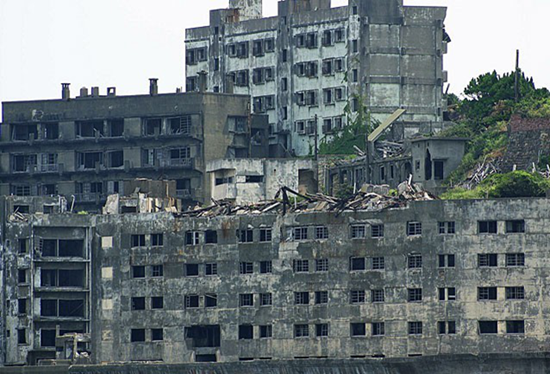

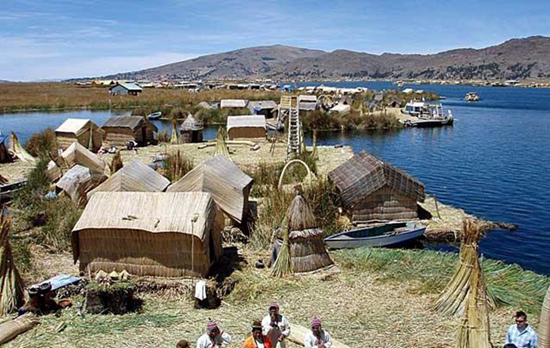
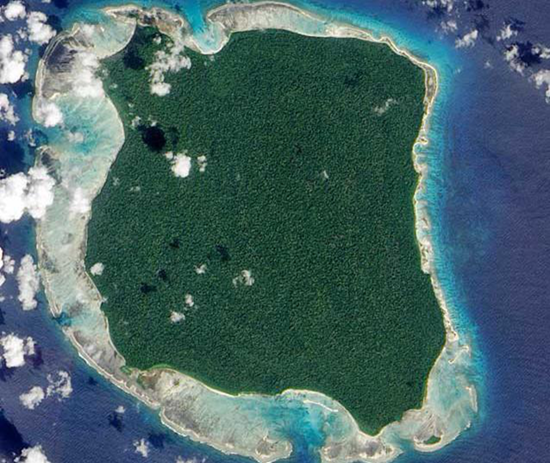
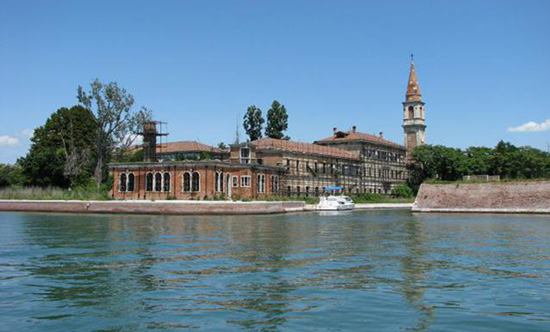
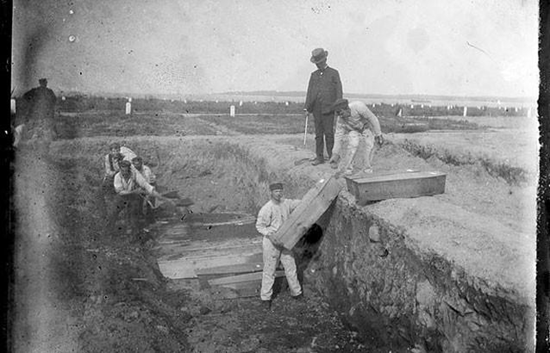
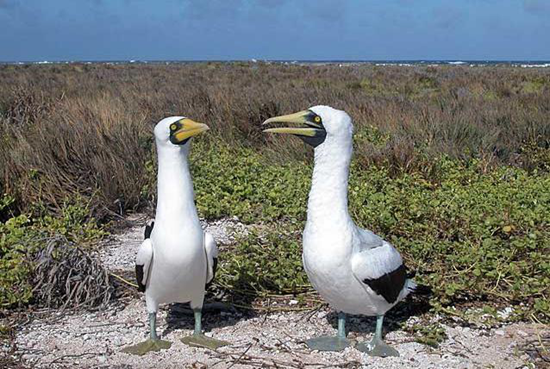
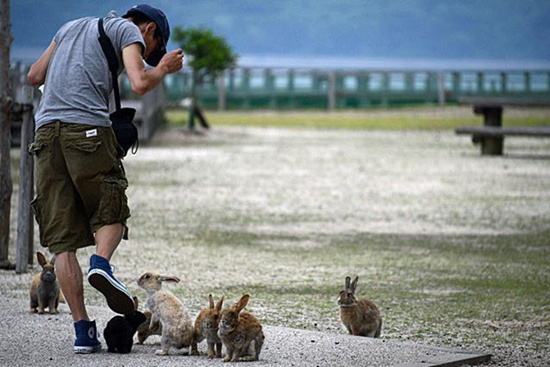
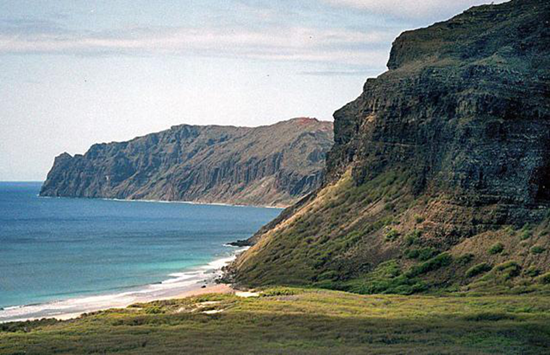
No comments:
Post a Comment
Please adhere to proper blog etiquette when posting your comments. This blog owner will exercise his absolution discretion in allowing or rejecting any comments that are deemed seditious, defamatory, libelous, racist, vulgar, insulting, and other remarks that exhibit similar characteristics. If you insist on using anonymous comments, please write your name or other IDs at the end of your message.